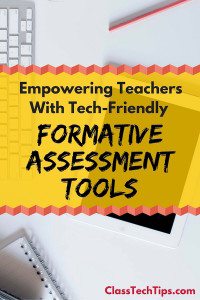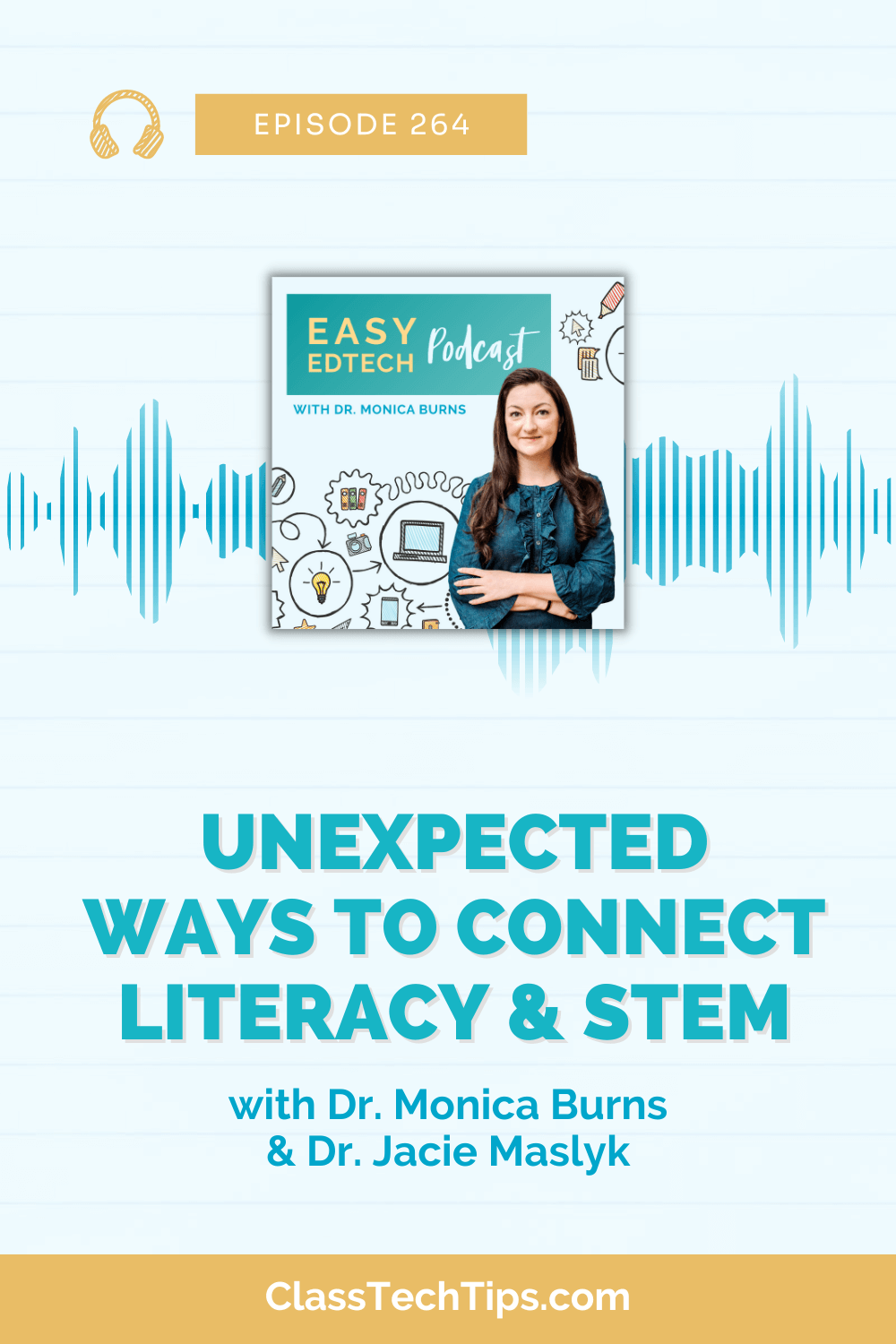Formative assessment is an important part of effective instruction. Teachers can use observations, checklists, and quick quizzes to gather data that will inform their instruction. Formative assessment tools can be used to identify areas where students are excelling and struggling so that teachers can best alter their instruction to meet the needs of all students. Earlier this year, I had the opportunity to work with a school looking to strengthen its formative assessment data collection by leveraging the power of tech-friendly tools.
Technology can make formative assessment a seamless part of everyday activities. Online tools and mobile devices can help teachers stay organized. So when they are collecting data it will make analyzing information easier and more meaningful. Formative assessment can take place throughout a unit of study during daily lessons that incorporate technology. First, examine the systems that work for you in your classroom. Technology tools can make this process easier and seamless when used effectively.
 Choosing the Right Formative Assessment Tools
Choosing the Right Formative Assessment Tools
With the abundance of technology options available for teachers, it can be intimidating to search for and locate the right one. The correct choice for you, your students, and your school will depend on a variety of factors. One important thing to consider is when you plan to collect formative data. You may decide to embed questions into a lesson presentation using a BYOD-friendly tool like Nearpod, or to pause the whole class while taking a read of the room with a polling website like Kahoot!
When choosing the right tool, you will also want to take into account the age and ability of your students. Elementary students can “show what they know” at the end of a lesson when you capture and annotate their work using an app like Seesaw. Older students might answer quiz questions or post a short response on Schoology at the end of a class period. The goal for this type of formative assessment would be to gauge student understanding at the end of the lesson. The technology tool that you choose will depend on your goal. It will also depend on the characteristics of your classroom. This could include things like workflow and student composition.
Gathering Formative Assessment Data
Tech-friendly tools can make data collection seamless during classroom instruction. The tools mentioned above can become part of any lesson. This way a quiz or poll can provide teachers with immediate feedback. They can then shift the direction of their lesson to address misconceptions or student questions. Formative assessment data gathered by teachers at the end of a lesson can also benefit from the ease of tech-friendly tools. Teachers can provide a few minutes for their quiz questions posted on Socrative or an exit slip to be completed on The Answer Pad.
Formative assessment data is often collected on checklists attached to clipboards or sheets of paper in a binder. There are also tech-friendly solutions for gathering formative assessment data that leverages the portability of mobile devices and the ability to enter data easily. Google Forms are one of my favorite formative assessment tools because they are completely customizable. Teachers can quickly create a data-entry form for a whole-class checklist, or individual and small-group conference notes. All of this data is automatically organized in a Google Spreadsheet. So it makes it easy to keep track of student performance.
Planning With a Purpose
Once formative data has been collected, teachers can plan with a purpose. The tools mentioned above (including Kahoot!, Socrative, and Nearpod) organize student responses to questions for item analysis and review after a class period. Teachers can use this information to plan their next lesson and make decisions for individual students.
It may become clear, based on formative assessment data, that an entire class has misconceptions on a topic or has already mastered course content. Teachers might also find patterns in the data. This can help them make decisions on how to address individual needs. Information like this can also help you decide how to group students. In addition to data collected on Google Forms, tech-friendly tools like Explain Everything — which lets students record their voices and explain their thinking — can go beyond just submitting a correct answer to help teachers figure out where students need help.
As you begin to develop a strategy for gathering and utilizing formative assessment data in your classroom, take a moment to think about how technology can support this work. Locating the right tool, building data collection into your routine, and making a plan based on student understanding are important steps to follow. Technology tools can elevate these best practices and make it easier to stay organized as you collect formative assessment data.
This post first appeared on Edutopia. View the original here.








